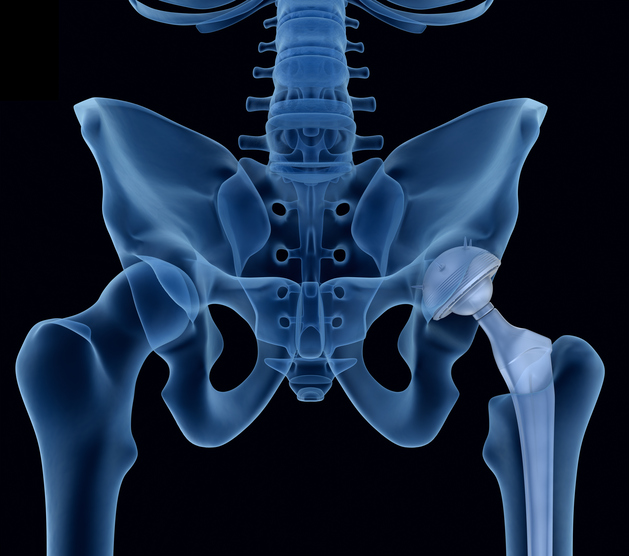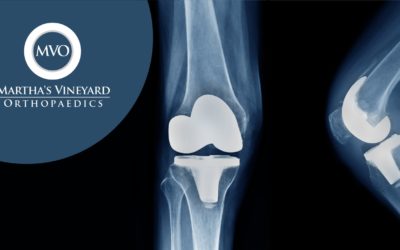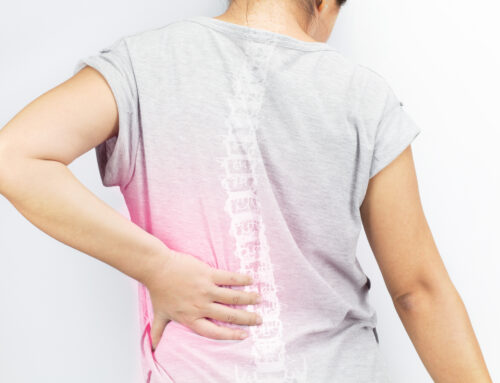Project Description
Normally, all of the parts of the knee joint work together and the joints move easily and without pain. Disease, arthritis, or injury can disturb the normal functioning of the knee joint resulting in knee pain, muscle weakness, and limited movement. Longer life expectancies and greater activity levels lead to joint replacements being performed in greater numbers of patients.
How does the knee work?
The knee joint functions like a hinge at the junction of two bones, the femur (thigh bone) and tibia (shin). The ends of the bones are covered with a thick cushion of hard, white cartilage. You are given only one coating of this cartilage in your lifetime. Knee cartilage damage or worn cartilage causes the underlying bones to rub together producing knee pain and inflammation typical of knee arthritis.











